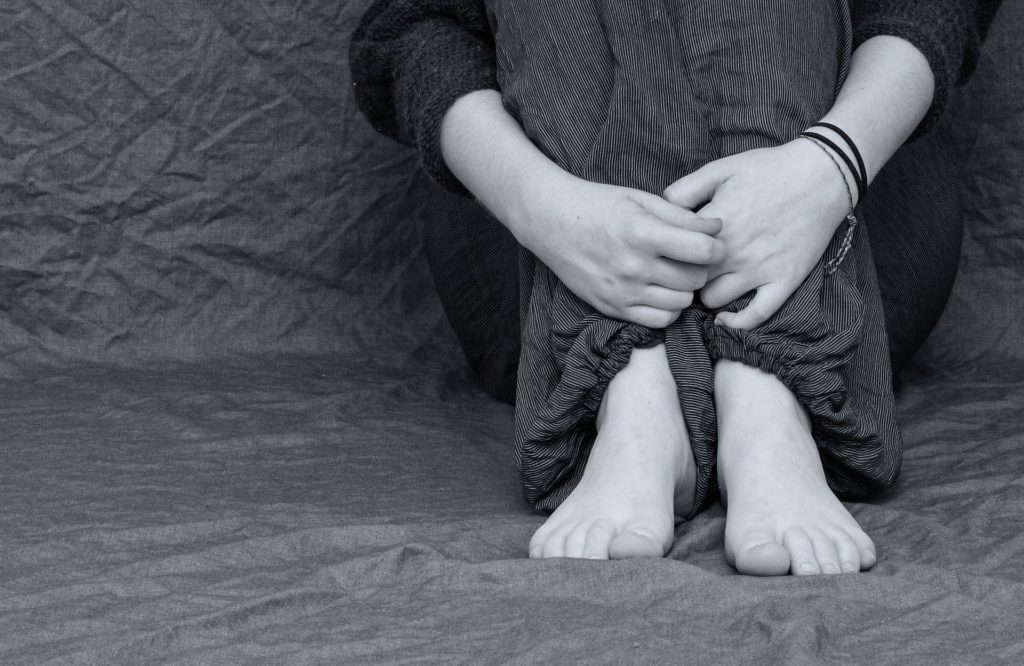A new side effect of the COVID-19 has recently been uncovered. Scientists found that some coronavirus patients have developed chilblain-like inflammation in their feet, or ‘COVID toes’, which can last for weeks or months.
“While COVID toes can appear at any age, children, teenagers, and young adults seem most likely to develop this condition. These young patients are healthy. Many never develop other, more common symptoms of COVID-19, such as a dry cough, fever, and muscle aches. When they do have symptoms of COVID-19, the symptoms tend to be mild,” explains The American Academy of Dermatology.
“The condition may develop on your toes, fingers, or both. From what we know, it seems that most people develop this only on their toes, which explains the name ‘COVID toes’.”
Amy Paller, a board-certified pediatric dermatologist and Chair of Dermatology at Northwestern Feinberg School of Medicine, says that the swelling and discolouration can begin on one or several toes or fingers. At first, you might see a bright red colour that gradually turns purple. COVID toes can also begin as a purplish colour.
Along with the swelling and discolouration, COVID toes can also cause blisters, itch, or pain. Some people develop painful raised bumps or areas of rough skin. Others may see a small amount of pus under their skin.
The AAD advises that to reduce pain or itching, patients can apply a hydrocortisone cream to the affected area. If this fails to bring relief or symptoms worsen, contact a board-certified dermatologist.
“We are starting to see long Covid in other organ systems, this is the first time we are recognising this can happen in the skin as well,” says Dr Esther Freeman, principal investigator of the International COVID-19 Dermatology Registry.
“I think it raises a lot of questions about what sort of inflammation is going on – is there inflammation elsewhere in the body? We don’t really know the answer yet.
“The skin can be viewed as a window into the rest of the body because it is inflammation which you can see – and can be indicative of inflammation elsewhere.”
Typical symptoms of COVID-19 include a high fever, a persistent and dry cough, tiredness, and loss of smell and taste.
Picture: Pixabay

